
Roots
The quiet rustle of leaves, the deep comfort of ancestral wisdom carried through generations – these are the subtle echoes that call to us when we consider the care of our hair. For those with textured strands, this connection runs particularly deep, often intertwined with heritage, identity, and the very stories of our people. The question of whether modern science can effectively confirm the efficacy of traditional hair care ingredients is not merely an academic exercise; it is an invitation to witness a beautiful convergence, where the precise lens of scientific inquiry meets the enduring wisdom of practices passed down through time. We begin this exploration at the very foundation, delving into the intimate structure of hair itself, particularly as it pertains to the unique characteristics of textured hair.

Hair Anatomy and Textured Hair Physiology
Each strand of hair, whether straight, wavy, curly, or coily, tells a story of biological marvel. At its heart, hair is a complex protein filament, primarily composed of Keratin, a robust structural protein. This protein is arranged in three primary layers ❉ the outermost cuticle, the central cortex, and the innermost medulla. The Cuticle acts as a protective shield, a series of overlapping scales, much like shingles on a roof.
Beneath this lies the Cortex, which gives hair its strength, elasticity, and color, holding the pigment melanin. The innermost medulla, present in thicker hair types, contributes to overall structure.
For textured hair, the architecture of these layers, especially the cuticle, plays a significant role in its distinct qualities and needs. The natural curvature of textured hair means the cuticle scales may not lie as flat as those on straight hair, potentially allowing for quicker moisture loss. This inherent structure influences how light reflects off the hair, often resulting in less apparent shine compared to smoother strands. Understanding this fundamental biology is the first step in appreciating why traditional ingredients, often rich in emollients and humectants, have found their enduring place in textured hair care.
Hair’s intrinsic structure, particularly the cuticle’s arrangement, dictates its moisture retention and how it responds to environmental factors.

Hair Classification Systems and Their Scientific Underpinnings
While many informal systems exist to categorize hair textures, the scientific understanding often zeroes in on the shape of the hair follicle and the resulting curl pattern. The shape of the hair follicle, whether round, oval, or flat, directly influences the curliness of the hair strand. A more elliptical or flattened follicle tends to produce curlier or coily hair, while a rounder follicle yields straighter strands.
The concept of Hair Porosity, referring to the hair’s ability to absorb and hold onto moisture, is a particularly relevant scientific concept for textured hair. It is determined by the condition and arrangement of the cuticle layers.
- Low Porosity Hair ❉ Characterized by tightly sealed cuticles that resist moisture entry. This can make hair prone to product buildup as ingredients sit on the surface rather than penetrating.
- High Porosity Hair ❉ Features cuticles that are often raised or damaged, allowing moisture to enter easily but also escape quickly, leading to dryness and breakage. This can result from chemical treatments, heat styling, or mechanical damage.
- Normal Porosity Hair ❉ Represents a balanced cuticle structure, allowing for efficient moisture absorption and retention.
The F-Layer, a thin, lipid-based coating of 18-methyleicosanoic acid (18-MEA) on the outermost cuticle, plays a crucial role in the hydrophobic (water-repelling) nature of virgin hair, impacting how moisture is absorbed. Damage to this layer, through chemical or mechanical means, can shift hair towards a high porosity state.

Hair Growth Cycles and Influencing Factors
Hair growth is a cyclical process, occurring in distinct phases:
- Anagen Phase ❉ The active growth phase, lasting typically 2 to 7 years. Approximately 85-90% of scalp hairs are in this phase.
- Catagen Phase ❉ A brief transitional phase, lasting 2 to 3 weeks, where growth ceases and the follicle shrinks.
- Telogen Phase ❉ A resting phase, lasting 2 to 4 months, where the hair remains in the follicle without growing.
- Exogen Phase ❉ The shedding phase, where old hair is released to make way for new growth.
Several factors influence these cycles, including Genetics, Hormonal Shifts, Nutrition, and overall health. For textured hair, understanding these cycles helps contextualize challenges like breakage, which can prematurely shorten the anagen phase, and informs strategies for promoting length retention.
The foundation of hair science, from its microscopic architecture to its growth patterns, provides a crucial framework for evaluating the claims of traditional ingredients. It allows us to ask not just “does it work?” but “how does it work within the complex biological system of hair?”

Ritual
Our hair, a living crown, often becomes a focal point for daily rituals, moments of connection and care that transcend mere function. For those with textured hair, these practices hold a particular significance, often serving as a bridge to cultural heritage and a celebration of natural beauty. As we move from the foundational understanding of hair science, we turn our attention to the practices themselves, the techniques and tools that have shaped hair care for generations.
Can the wisdom embedded in these daily and weekly rituals withstand the scrutiny of modern scientific investigation? This section explores how the art of textured hair styling and care, steeped in tradition, aligns with contemporary scientific insights.
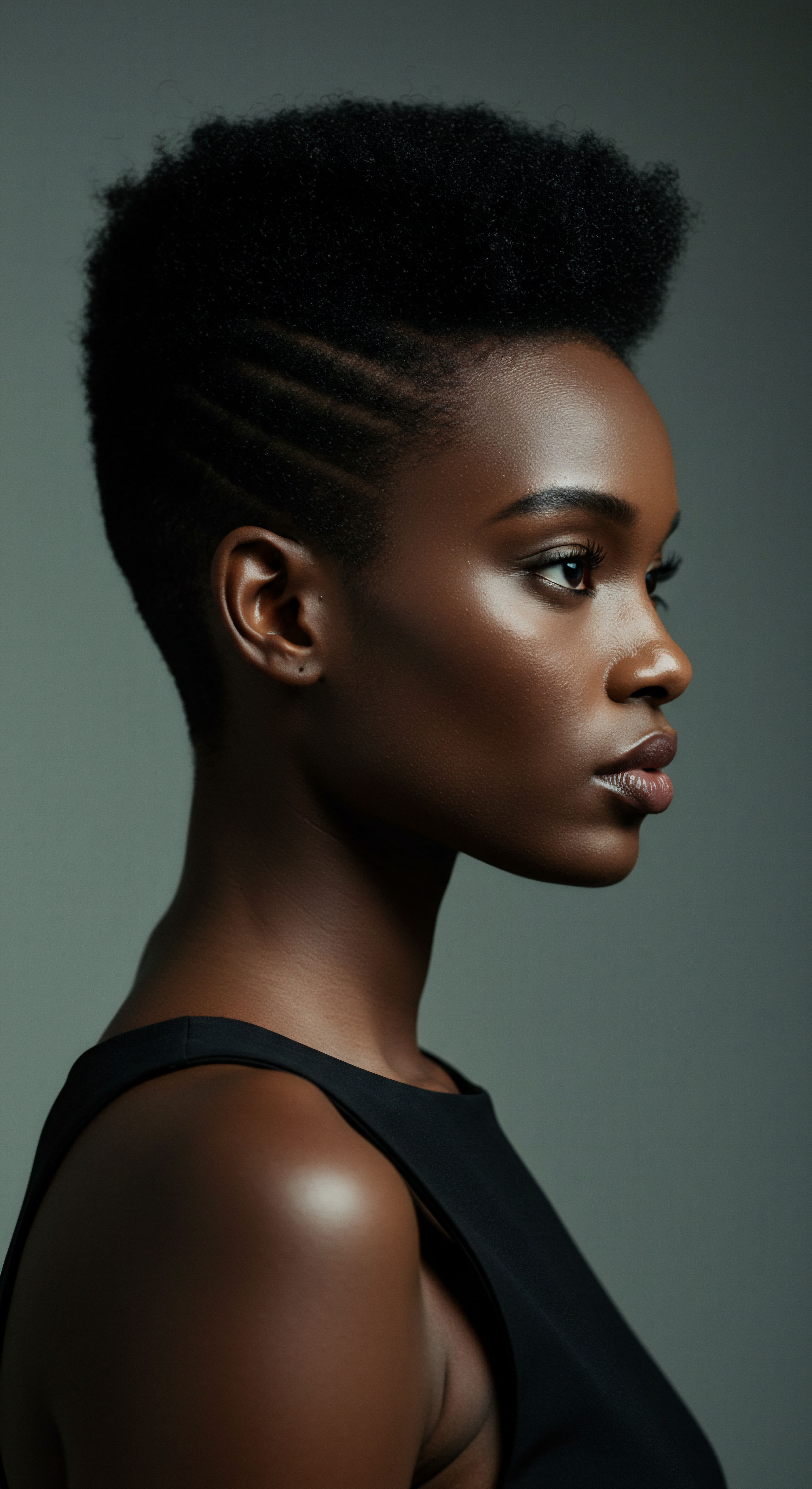
Protective Styling ❉ A Scientific Shield?
Protective styles, such as braids, twists, and cornrows, have long been cherished in textured hair communities for their ability to minimize manipulation and safeguard delicate strands. The underlying principle is simple ❉ by keeping the hair tucked away, friction, environmental exposure, and daily styling stressors are reduced. From a scientific standpoint, this translates to a decrease in mechanical damage, a primary cause of breakage. When hair is constantly pulled, brushed, or exposed to the elements, the cuticle can lift and degrade, leading to weakened strands and split ends.
The reduction of daily manipulation afforded by protective styles can lead to increased length retention. While hair is always growing, breakage can mask this growth, making it appear as though hair is not getting longer. By minimizing breakage, protective styles allow the hair to reach its full growth potential within its anagen phase. However, it is crucial that these styles are installed without excessive tension, as constant pulling can lead to traction alopecia, a form of hair loss caused by repetitive stress on the hair follicles.
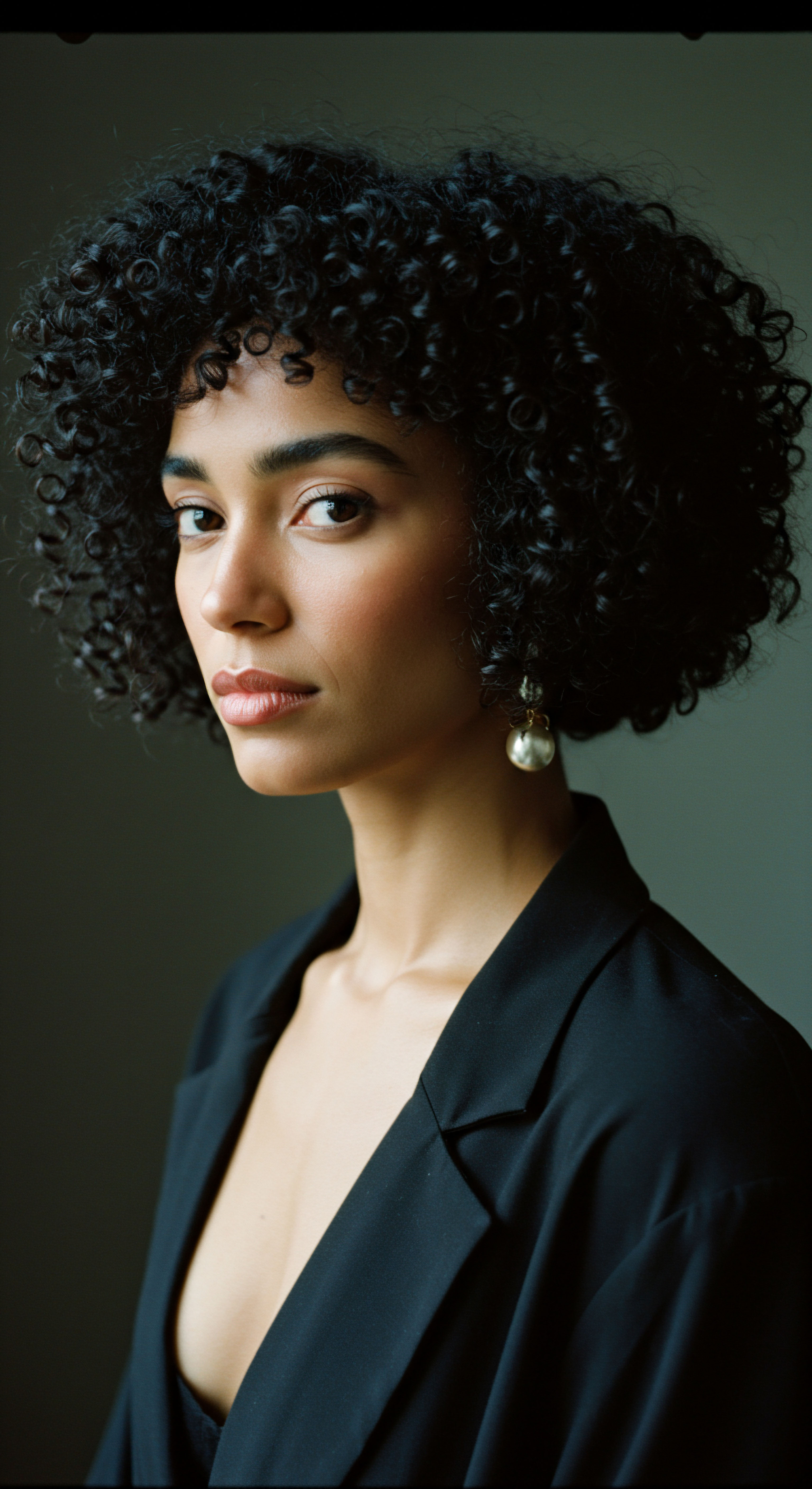
Natural Styling and Definition Techniques
The quest for definition in textured hair often leads to techniques that enhance the natural curl pattern, relying on hydration and gentle shaping. Techniques like wash-and-gos, twist-outs, and braid-outs aim to clump curls and coils, promoting moisture retention and reducing frizz. Scientifically, these methods work by influencing the hydrogen bonds within the hair shaft. When hair is wet, these bonds are temporarily broken, allowing the hair to be reshaped.
As it dries, the bonds reform, holding the new shape. Products used in these techniques, rich in humectants and emollients, assist in holding moisture within the hair, allowing for more defined and resilient curl patterns.
Consider the age-old practice of using rice water for hair health. While widely used in various cultures, modern scientific inquiry is beginning to offer explanations. A 2010 study published in the Journal of Cosmetic Chemists explored the effects of Fermented Rice Water on hair.
It suggested that inositol, a carbohydrate present in rice water, can penetrate damaged hair and repair it from the inside out, providing a conditioning effect and reducing surface friction. This particular study, though not universally replicated with the same findings across all hair types, hints at a biochemical basis for a long-held traditional practice.
Traditional hair care practices, while rooted in cultural wisdom, often align with scientific principles of minimizing damage and enhancing hydration.
The science of hair drying also plays a role. Air drying, a common practice in natural styling, reduces exposure to high heat, which can damage the hair’s keratin proteins and outer cuticle layer, leading to dryness and brittleness.
| Technique Protective Styles (braids, twists) |
| Traditional Application Minimize manipulation, preserve length |
| Scientific Rationale Reduce mechanical stress, decrease breakage, allow for length retention |
| Technique Wash-and-Gos (curl definition) |
| Traditional Application Enhance natural curl pattern |
| Scientific Rationale Influence hydrogen bonds, promote moisture retention for curl clump formation |
| Technique Air Drying |
| Traditional Application Avoid heat, preserve hair's natural state |
| Scientific Rationale Minimize thermal damage to keratin and cuticle, retain moisture |
| Technique Oil Treatments (pre-poo) |
| Traditional Application Nourish scalp, condition strands |
| Scientific Rationale Reduce hygral fatigue, strengthen hair shaft, seal moisture |
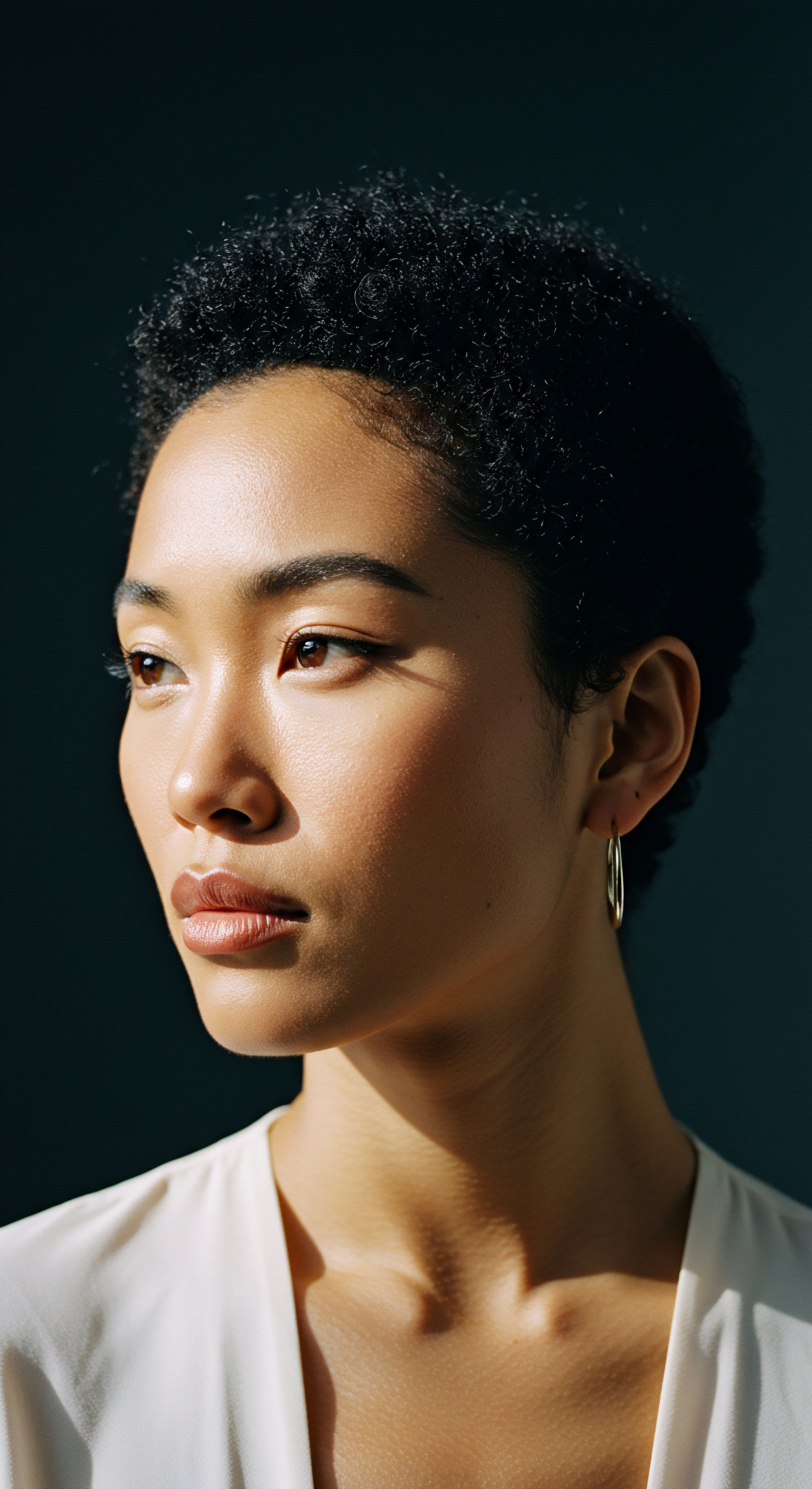
Heat Styling and Thermal Reconditioning ❉ A Safety First Approach
The allure of sleek, straightened hair has led to the widespread use of heat styling tools. While offering temporary transformations, the science behind heat styling reveals its potential for damage. Heat works by temporarily altering the hair’s hydrogen bonds, allowing for reshaping.
However, excessive heat can cause irreversible harm by breaking down the keratin proteins and moisture within the hair shaft, resulting in dryness, brittleness, and split ends. Researchers have found that flat irons and curling irons can damage 85% of hair’s keratin proteins.
For textured hair, which can be more prone to dryness due to its structure, the risks of heat damage are amplified. The use of heat protectant sprays creates a barrier between the heat and the hair, reducing the risk of damage. Adjusting temperature settings and limiting the frequency and duration of heat exposure are also critical for safeguarding strands.

The Complete Textured Hair Toolkit
The tools we choose for our hair care rituals are as significant as the ingredients. For textured hair, particular tools are favored for their gentle approach and effectiveness in managing curls and coils.
- Wide-Tooth Combs ❉ These are essential for detangling textured hair, especially when wet, as wet hair is more fragile. The wider spaces between the teeth minimize snagging and breakage.
- Microfiber Towels or Old T-Shirts ❉ Unlike traditional terry cloth towels, which can cause friction and frizz, softer materials gently absorb excess water without roughing up the cuticle.
- Satin or Silk Bonnets and Pillowcases ❉ These smooth surfaces reduce friction on the hair during sleep, preventing tangles, breakage, and moisture loss.
The careful selection of tools, often informed by generations of practical experience, aligns with scientific principles of minimizing mechanical stress and preserving the hair’s delicate structure.
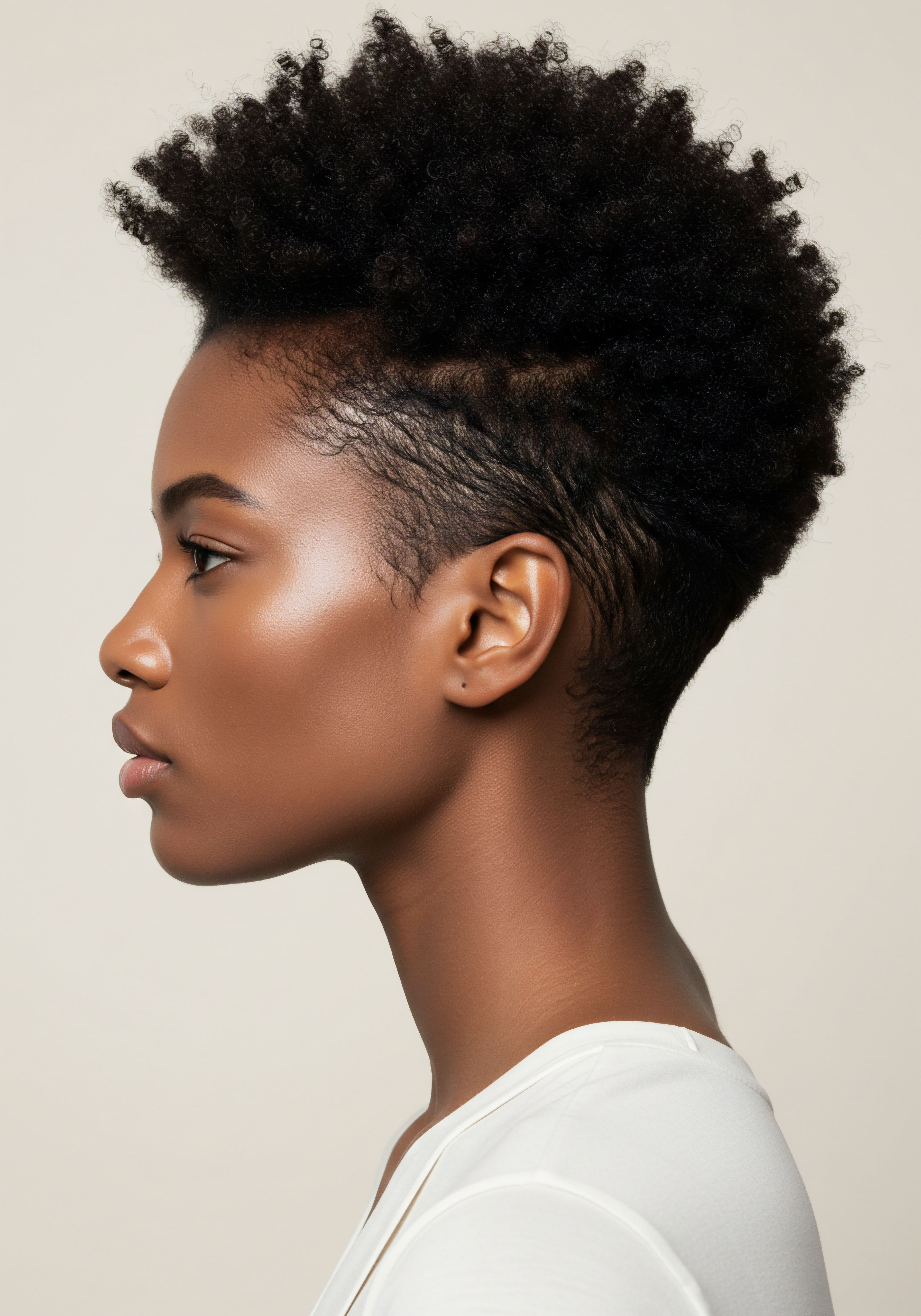
Relay
How does the profound wisdom of time-honored hair care, often steeped in cultural narrative, truly intertwine with the rigorous methodologies of modern scientific validation? This query moves beyond simple confirmation, inviting us to consider a more intricate relationship where ancient remedies meet contemporary biochemical analysis, where tradition informs discovery, and where cultural context adds layers of meaning to scientific observation. The journey into this intersection reveals a vibrant landscape where the anecdotal is tested, and the empirical is enriched by a deeper understanding of human connection to hair.
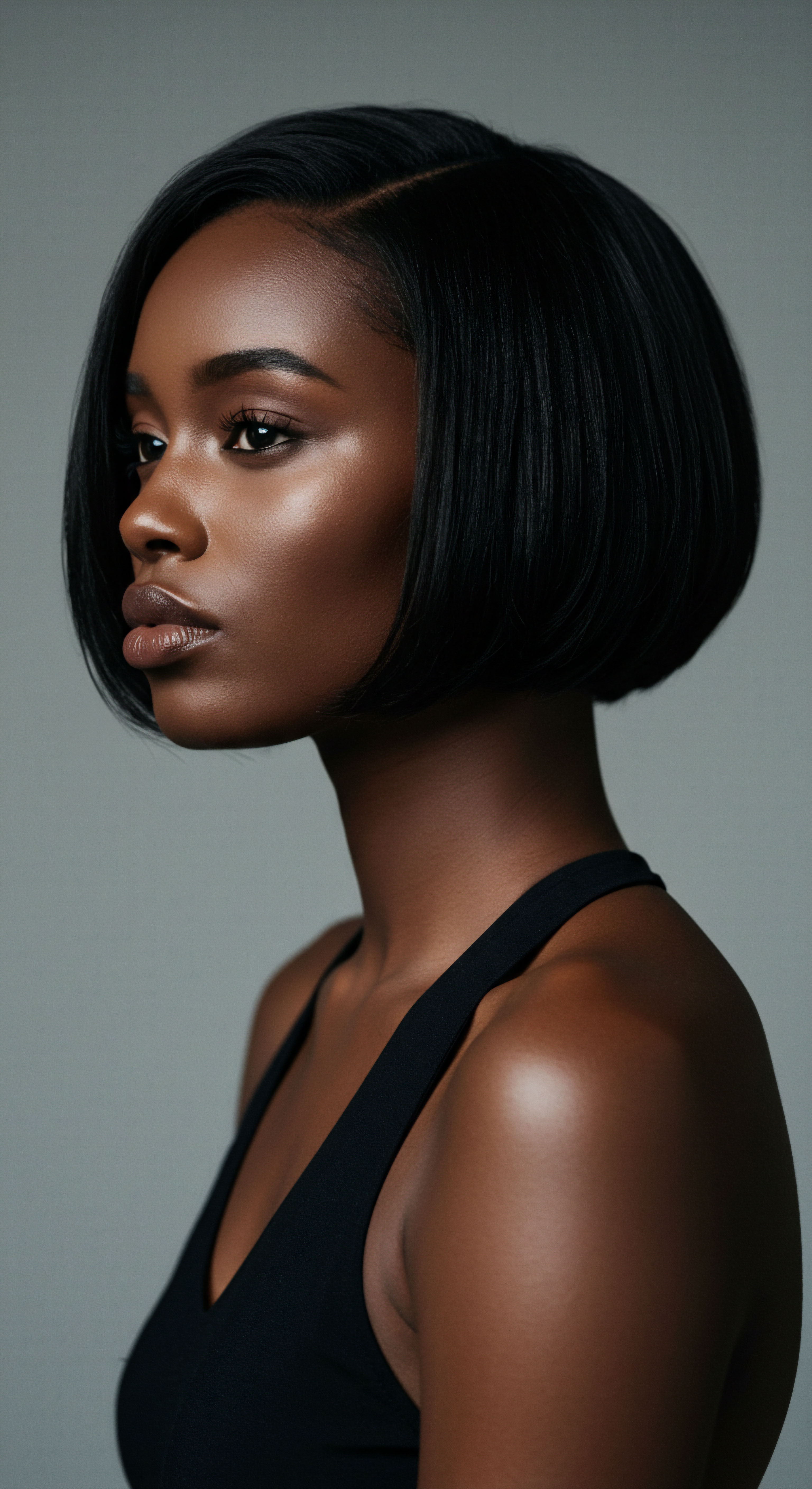
Building Personalized Textured Hair Regimens
The concept of a personalized hair care regimen, so prevalent in contemporary wellness, finds echoes in traditional practices that often adapted to individual needs and local resources. Modern science provides the tools to understand why such personalization is crucial. Factors like Hair Porosity, Density, Strand Width, and Scalp Condition all influence how hair responds to products and treatments. For instance, low porosity hair benefits from lighter, penetrating oils and indirect heat for deep conditioning, while high porosity hair requires richer, sealing products to retain moisture.
A personalized regimen considers the hair’s current state and its history, including chemical treatments or heat exposure, which can significantly alter its structural integrity. The science of cosmetic chemistry now allows for the precise formulation of products that address these specific needs, drawing inspiration from ingredients long valued in traditional care.
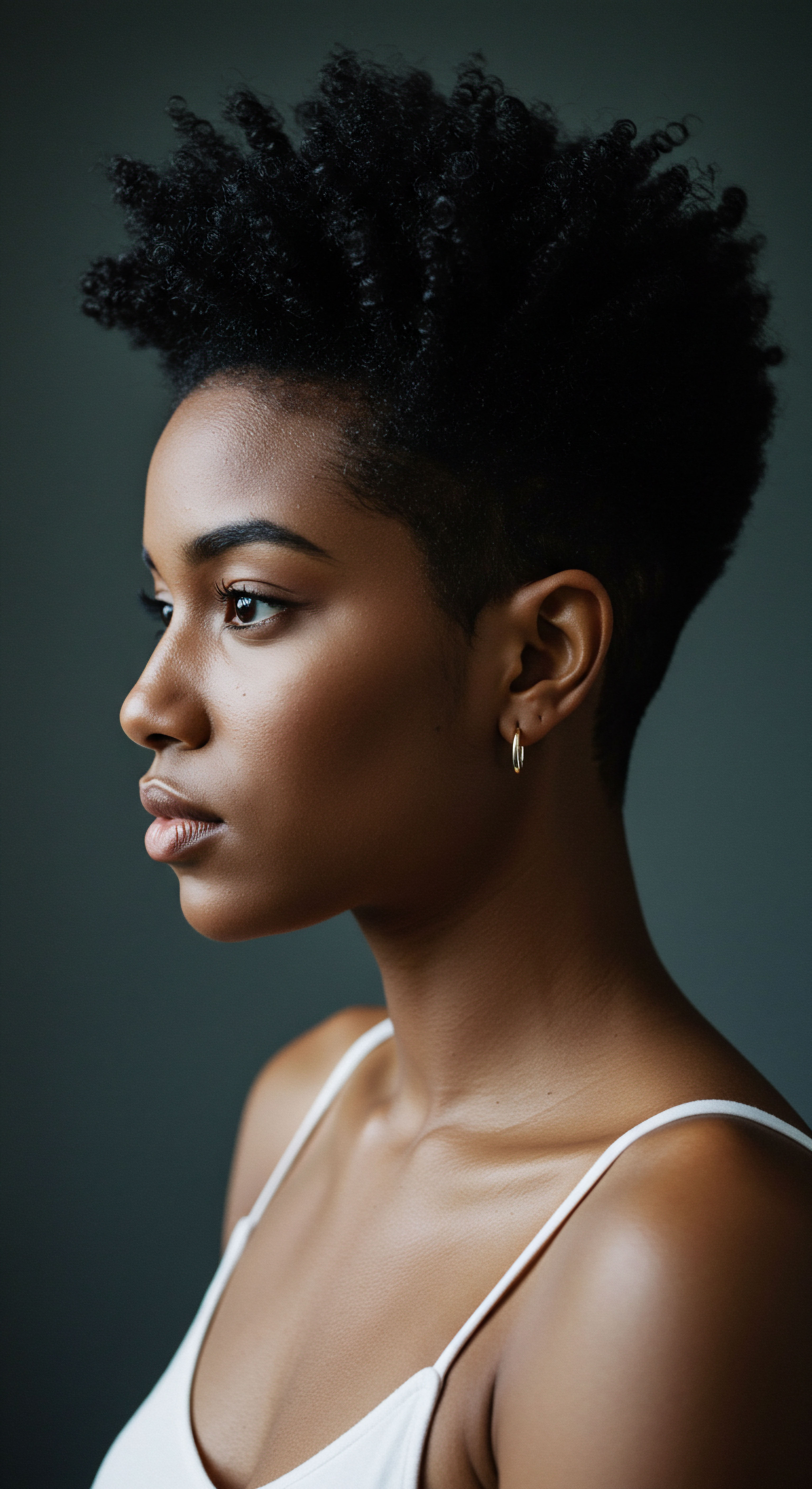
The Nighttime Sanctuary ❉ Essential Sleep Protection
The quiet hours of sleep, often perceived as a period of rest, are in fact a time of intense biological activity and repair for the body, including our hair. This understanding underscores the wisdom of traditional nighttime hair care rituals. Scientific studies affirm that during deep sleep, blood circulation to the scalp increases, delivering vital nutrients that support hair growth and strengthen strands. Hair follicles are particularly active in cell division between 10 PM and 2 AM.
Conversely, chronic sleep deprivation can lead to hormonal imbalances, increased shedding, and weakened hair follicles. The physical act of sleeping on certain surfaces can also cause mechanical damage.
The widespread use of Satin or Silk Bonnets and Pillowcases in textured hair care, a practice deeply rooted in tradition, finds strong scientific backing. These smooth materials significantly reduce friction between the hair and the sleeping surface, thereby preventing:
- Mechanical Breakage ❉ Cotton pillowcases can snag and pull at delicate strands, especially textured hair, leading to breakage. Satin and silk allow hair to glide smoothly.
- Moisture Loss ❉ Cotton is highly absorbent and can draw moisture from the hair, leading to dryness. Satin and silk are less absorbent, helping hair retain its natural hydration.
- Tangles and Knots ❉ Reduced friction means less opportunity for hair to become matted and tangled overnight, making morning detangling easier and less damaging.
This traditional wisdom of protecting hair during sleep aligns perfectly with modern dermatological and trichological understanding of hair preservation.
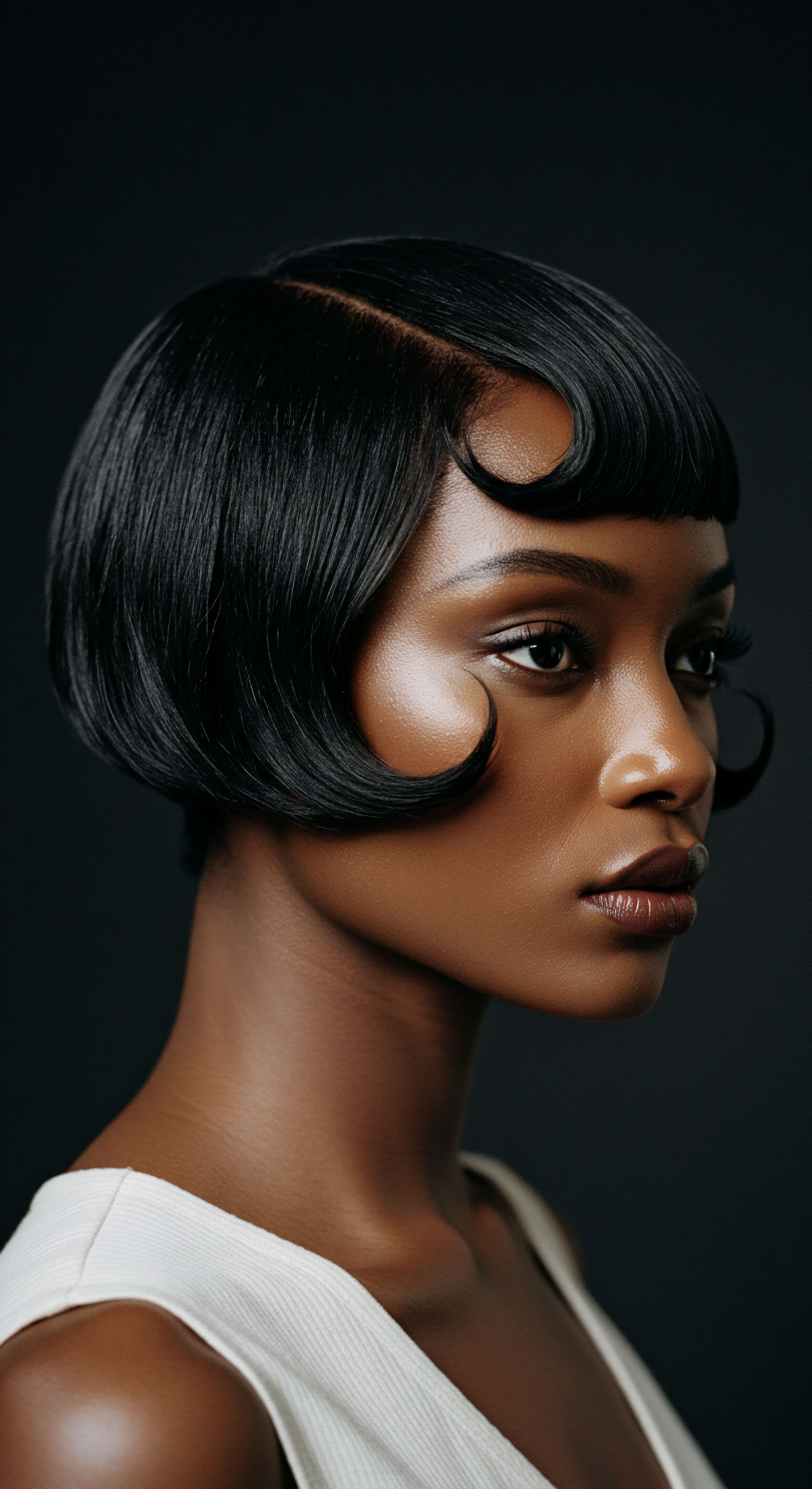
Ingredient Deep Dives for Textured Hair Needs
The heart of traditional hair care often lies in its reliance on natural ingredients, many of which are now undergoing rigorous scientific scrutiny.
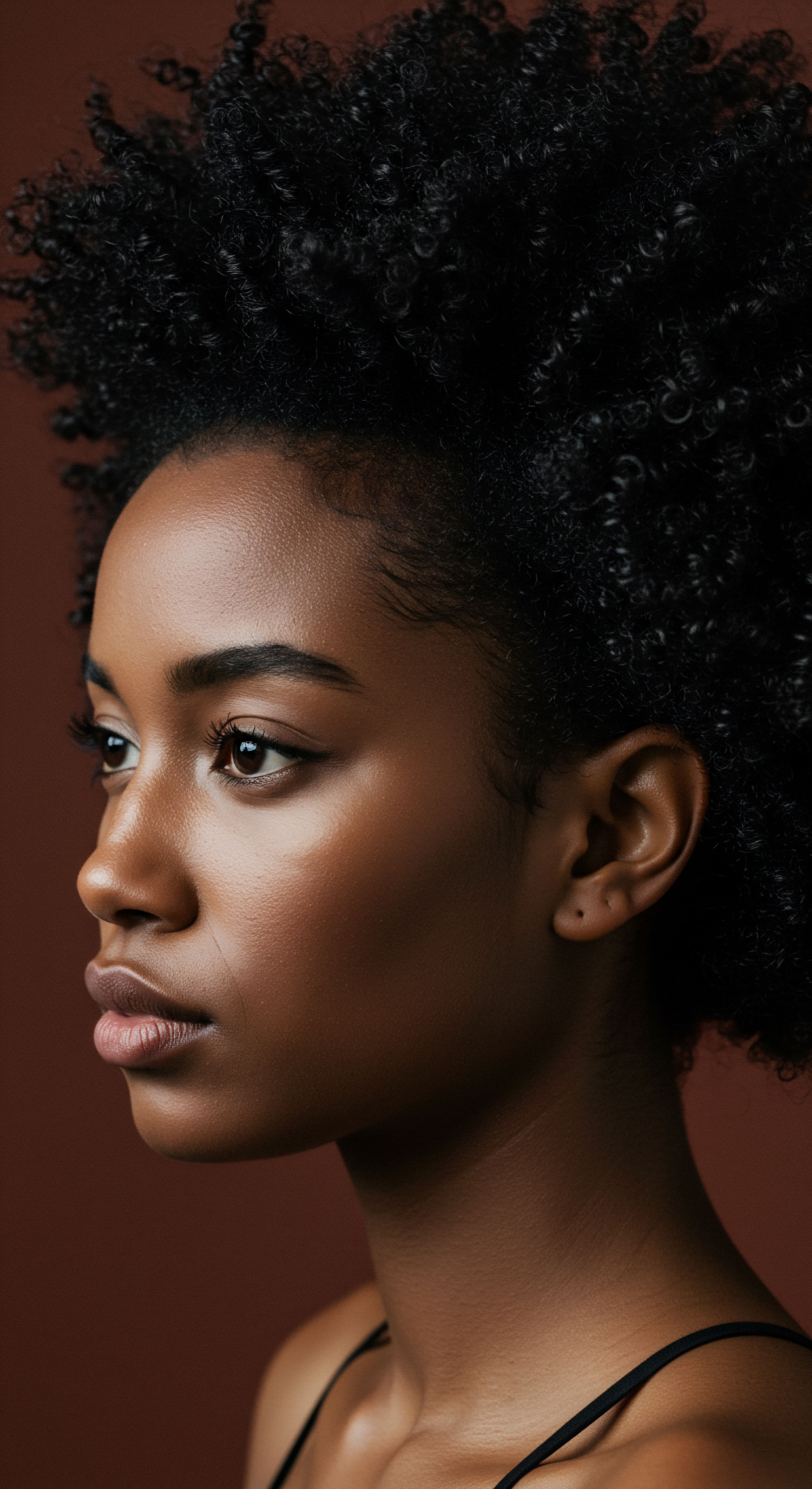
Coconut Oil ❉ A Penetrating Ally?
Coconut Oil has been a staple in hair care across many cultures for centuries. Modern research provides compelling reasons for its enduring popularity. A 2015 review noted that coconut oil absorbs into hair strands better than mineral oil and other types of oils. This unique ability is attributed to its high content of lauric acid, a medium-chain fatty acid with a small molecular size that allows it to penetrate the hair shaft, reducing protein loss and preventing damage.
A 2022 study assessing coconut-based hair oils on human hair damaged by routine washing concluded that these oils had a physical impact in reducing damage. Furthermore, a 2024 study highlighted coconut oil’s triglycerides, which can penetrate and interact with the hair cortex, reducing water absorption and limiting daily hair damage. This scientific validation supports the traditional use of coconut oil for conditioning, strengthening, and protecting hair from environmental stressors and washing.
A systematic review of 22 studies, including over 1,000 patients (about 700 identifying as skin of color), found that Coconut Oil Showed a Clear Ability to Reduce Hair Breakage by 41.8%, improve scalp hydration, and minimize protein loss and water absorption. This substantial reduction in breakage directly translates to improved length retention for textured hair, a significant finding that bridges traditional knowledge with empirical data.
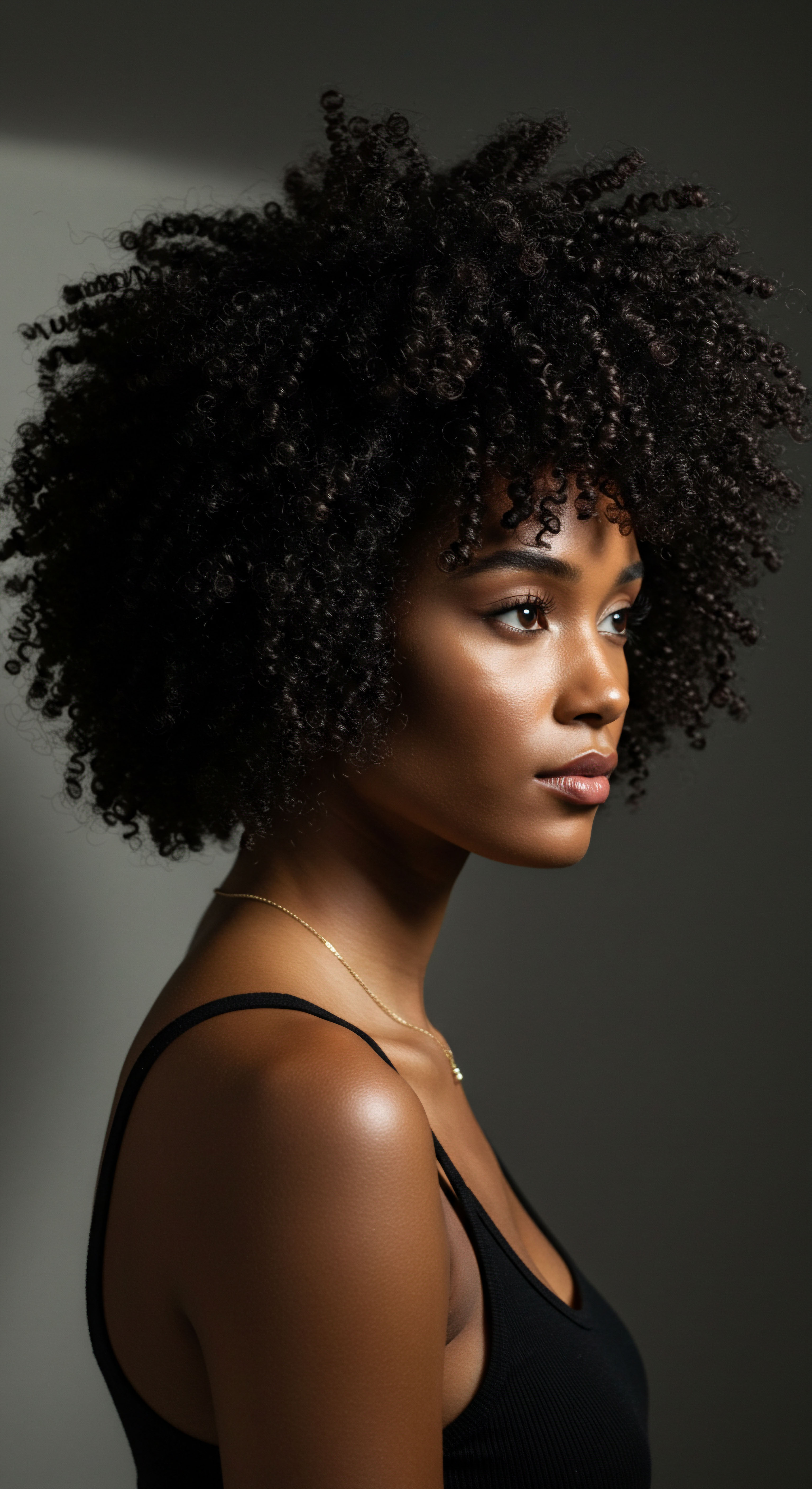
Bhringraj ❉ An Ancient Herb’s Modern Promise?
Known as “King of Hair” in Ayurveda, Bhringraj (Eclipta prostrata) has a long history of use for promoting hair growth and scalp health. Animal studies have explored its effects on hair growth, with some research suggesting it can promote the transition from the resting to the active hair growth phase. A study published in the Archives of Dermatological Research found that Bhringraj extract significantly increased the number of hair follicles in the anagen phase, supporting its traditional use.
While much of this research has been conducted on animals, the preliminary findings are promising and warrant further human clinical trials. Bhringraj also possesses antimicrobial and anti-inflammatory properties, which can contribute to a healthy scalp environment, addressing issues like dandruff.

Argan Oil ❉ Liquid Gold Under the Microscope?
Argan Oil, often referred to as “liquid gold,” is celebrated for its conditioning properties. It is rich in fatty acids like oleic and linoleic acids, and vitamin E, which moisturize hair and provide antioxidant benefits. Research indicates that argan oil can improve hair quality, reduce flyaways, and protect hair from damage caused by dyes.
While some studies on mice have shown increased hair growth with argan oil application, a 2022 systematic review found no significant evidence that argan oil directly improves hair growth in humans. Its primary benefits appear to lie in conditioning and protecting the hair shaft from oxidative damage.
Scientific inquiry increasingly validates traditional ingredients, often explaining the biochemical mechanisms behind their long-observed benefits.
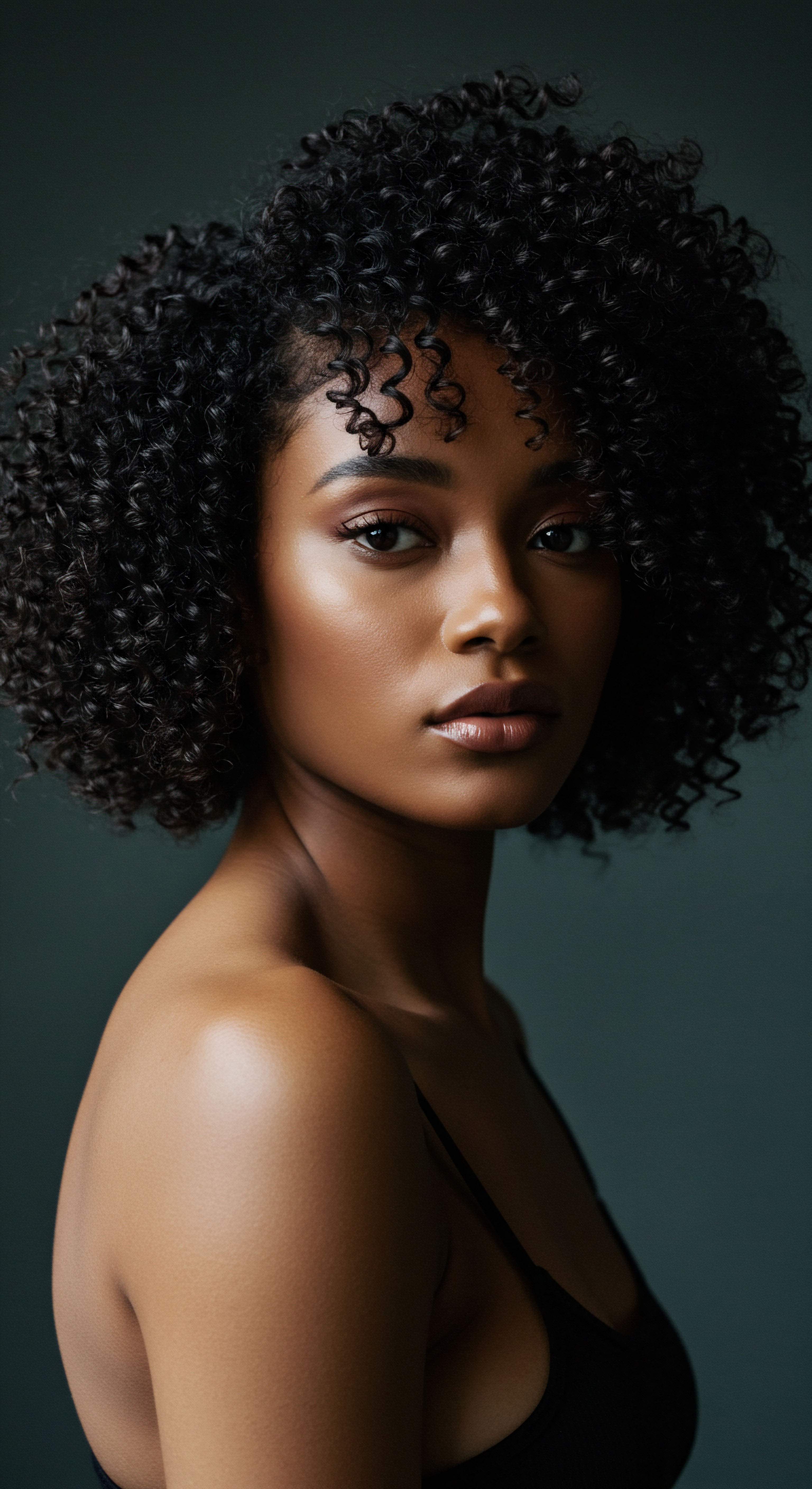
Textured Hair Problem Solving
Many common textured hair concerns, such as dryness, breakage, and scalp irritation, have roots in both hair biology and environmental factors. Traditional remedies often target these issues holistically, and modern science helps us understand why.
- Dryness ❉ Textured hair’s structural characteristics, particularly its natural curvature and cuticle arrangement, can make it more prone to moisture loss. Ingredients like coconut oil and shea butter, long used in traditional care, provide emollients that seal moisture into the hair shaft.
- Breakage ❉ Mechanical stress from styling, heat damage, and lack of moisture contribute to breakage. Protective styles and gentle detangling practices, along with strengthening ingredients, work to preserve the hair’s integrity.
- Scalp Irritation and Dandruff ❉ A healthy scalp is fundamental for healthy hair. The scalp microbiome, a delicate balance of microorganisms, plays a vital role in scalp health. Traditional ingredients with antimicrobial and anti-inflammatory properties, such as certain essential oils (like rosemary), can support this balance.
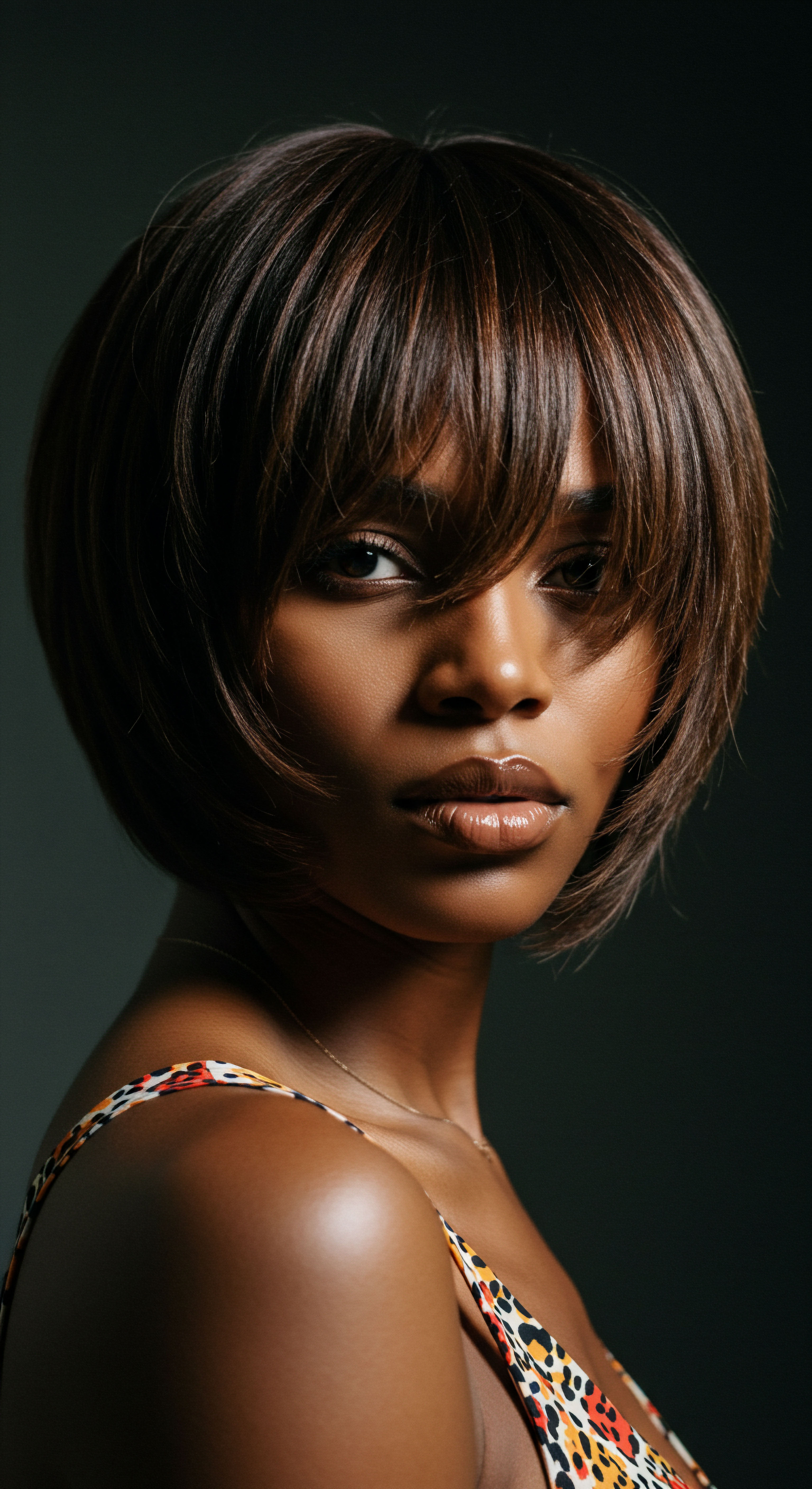
Holistic Influences on Hair Health
Traditional hair care often views hair health as an extension of overall well-being. Modern science increasingly echoes this holistic perspective, recognizing the interplay of internal and external factors.
| Factor Nutrition |
| Scientific Connection Deficiencies in vitamins (B, D3, E), minerals (iron, zinc), and protein can impact hair growth and strength. |
| Traditional Practice Alignment Emphasis on balanced diets, use of nutrient-rich botanicals (e.g. Amla in Ayurveda). |
| Factor Stress |
| Scientific Connection Prolonged stress can trigger telogen effluvium, a temporary hair loss condition. |
| Traditional Practice Alignment Mindfulness practices, scalp massages, and calming rituals often integrated into hair care. |
| Factor Sleep |
| Scientific Connection Essential for hair repair, regeneration, and optimal blood circulation to the scalp. |
| Traditional Practice Alignment Nighttime hair protection (bonnets, silk pillowcases), belief in "beauty sleep." |
| Factor Scalp Health |
| Scientific Connection A balanced scalp microbiome protects follicles and supports healthy growth. |
| Traditional Practice Alignment Use of clarifying herbs, gentle cleansing methods, and scalp massage for circulation. |
The confluence of traditional wisdom and scientific understanding paints a rich picture. While some traditional claims require more rigorous human clinical trials, the scientific community is actively investigating and, in many cases, confirming the biochemical benefits of ingredients and practices passed down through generations. This dialogue between old and new enriches our understanding of hair and its profound connection to culture and well-being.
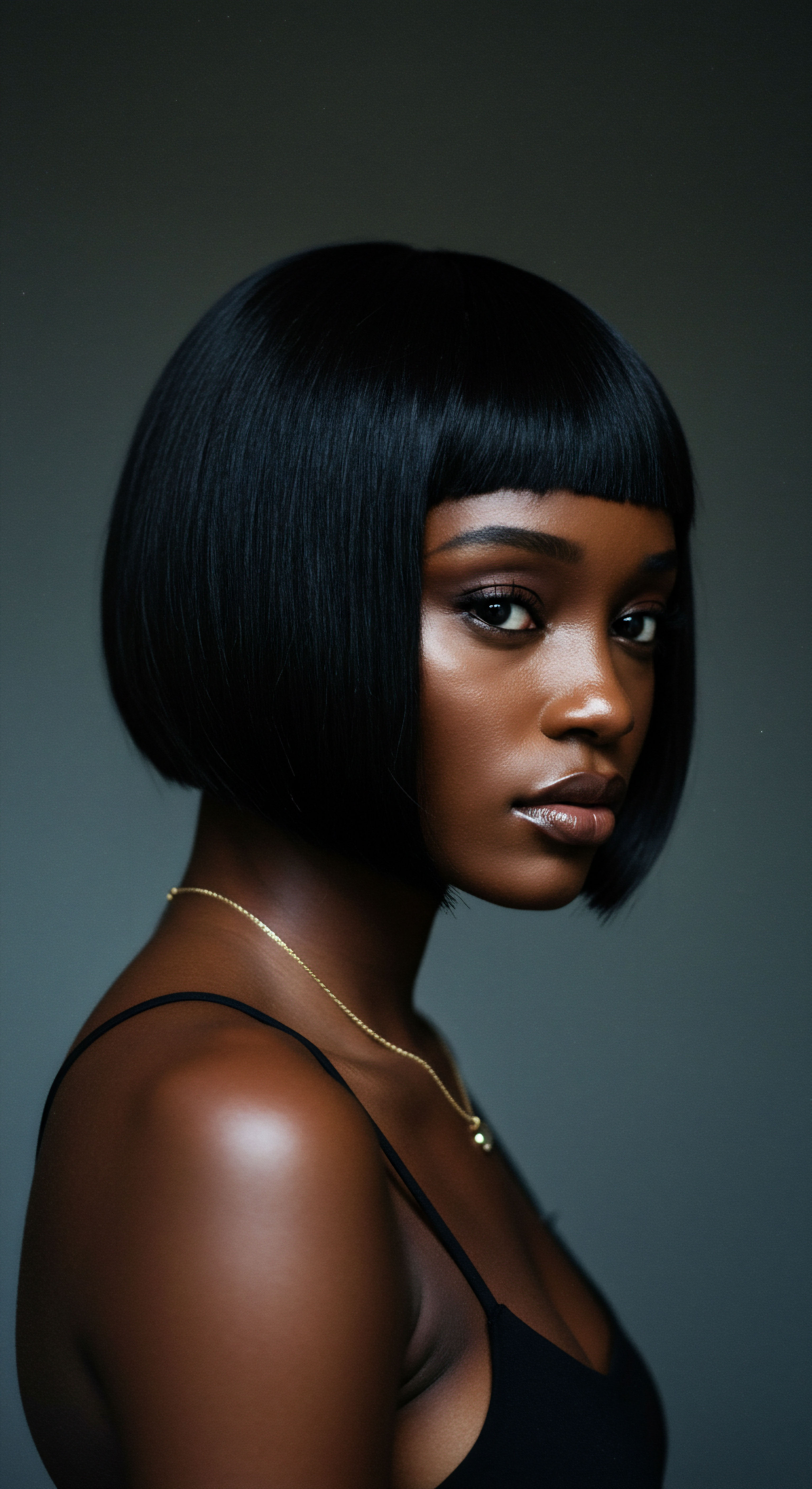
Reflection
The journey through the intricate world of textured hair care, from its foundational science to its deeply rooted cultural practices, reveals a compelling truth. The perceived divide between ancient wisdom and modern scientific rigor is not an impassable chasm, but rather a vibrant space of convergence. Science, with its precise tools and analytical gaze, offers explanations for phenomena long observed and honored within communities. It allows us to appreciate the biochemical marvels within a simple plant extract or the physical advantages of a carefully chosen fabric for nighttime protection.
Yet, science also benefits from the vast, uncontrolled experiments of human history. Traditional practices, refined over centuries through lived experience, provide a rich source of hypotheses for modern researchers to explore. The efficacy of an ingredient like coconut oil, deeply embedded in numerous cultural hair care regimens, finds robust validation in studies demonstrating its ability to penetrate the hair shaft and reduce protein loss. Similarly, the long-held belief in the protective qualities of certain styles gains clarity through understanding mechanical stress and breakage.
This ongoing dialogue encourages a respectful curiosity, acknowledging that knowledge manifests in diverse forms. It invites us to approach hair care not as a series of isolated steps, but as a holistic endeavor, where the health of our strands reflects the health of our bodies, our minds, and our connection to a heritage of care. As we continue to unravel the complexities of textured hair, the harmonious interplay between ancestral practices and scientific discovery will undoubtedly continue to illuminate new pathways to vibrant, resilient beauty.
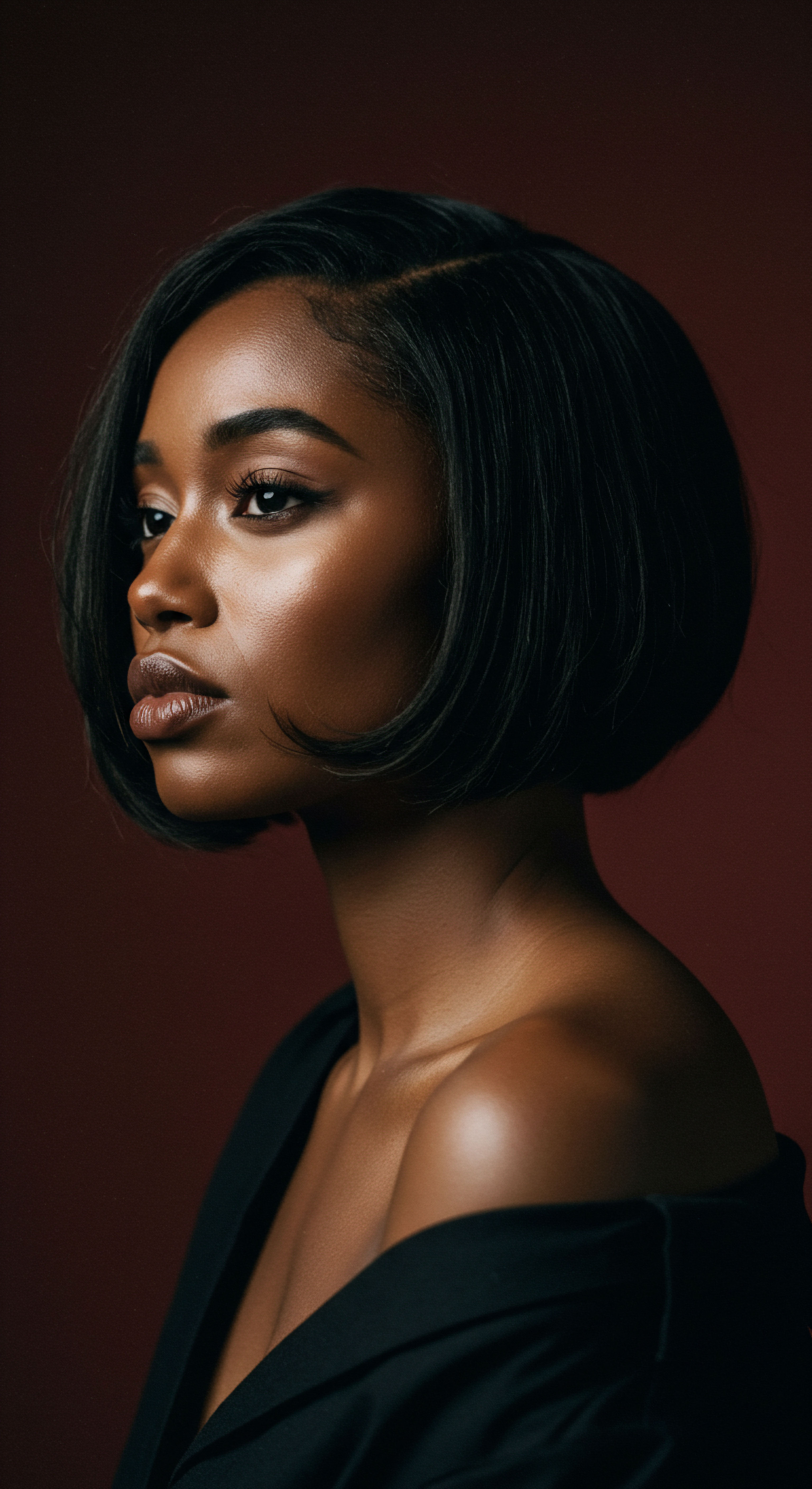
References
- Bouillon, C. & Wilkinson, J. (2005). The Science of Hair Care. CRC Press.
- Zviak, C. (1986). The Science of Hair Care. CRC Press.
- Evans, T. & Wickett, R.R. (Eds.). (2012). Practical Modern Hair Science. Allured Business Media.
- Sari, D.K.D.W. (Year not specified). Herbal Treatment for Hair Loss. Medical Journal of Lampung University.
- Charrouf, Z. & Guillaume, D. (Year not specified). Ethnoeconomical, Ethnomedical, and Phytochemical Study of Argania Spinosa (L.) Skeels. Journal of Ethnopharmacology.
- Fakhrizal, M.A. & Saputra, K.H. (Year not specified). Katuk Leaf Potential in Preventing Hair Loss. Journal of Professional Nursing Research.
- Rele, V. J. & Mohile, R. B. (2002). Effect of Mineral Oil, Sunflower Oil, and Coconut Oil on Prevention of Hair Damage. Journal of Cosmetic Science, 54(2), 175-192.
- Gopinath, H. & Prakash, S. (2010). Rice Water ❉ The Secret for Beautiful Hair. Journal of Cosmetic Chemists, 61(1), 27-36.
- Draelos, Z. D. (2010). Hair Care ❉ An Illustrated Dermatologic Handbook. Springer.
- Gavazzoni Dias, M. F. R. (2015). Hair Cosmetics ❉ An Overview. International Journal of Trichology, 7(1), 2-15.
- Panahi, Y. Taghizadeh, M. & Marzony, E. T. (2015). Rosemary Oil Vs. Minoxidil 2% for the Treatment of Androgenetic Alopecia ❉ A Randomized Comparative Trial. Skinmed, 13(1), 15-21.